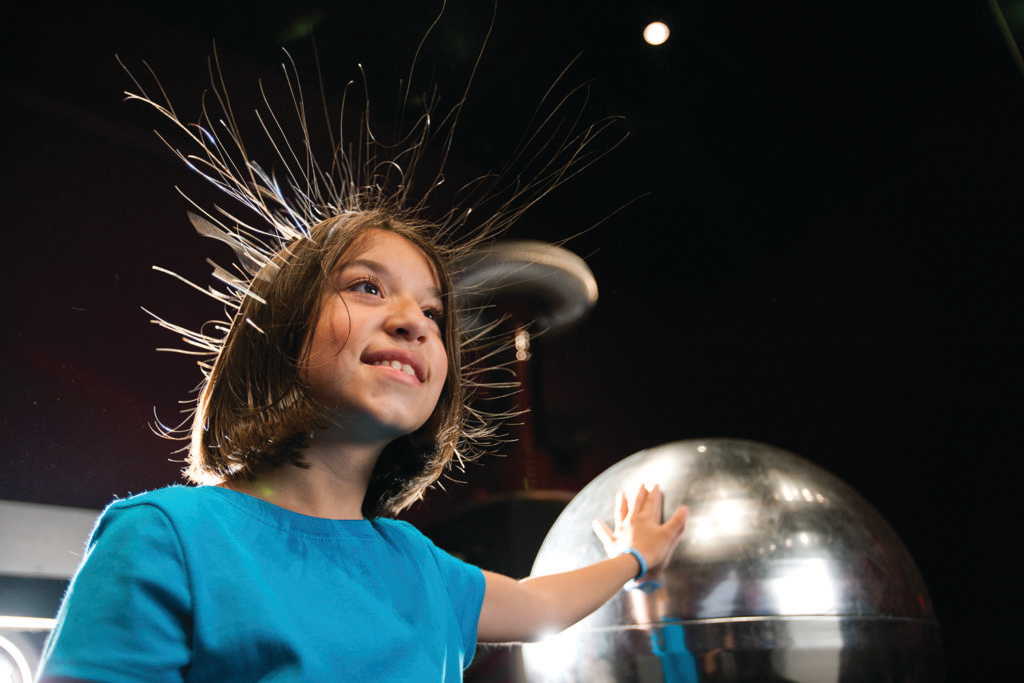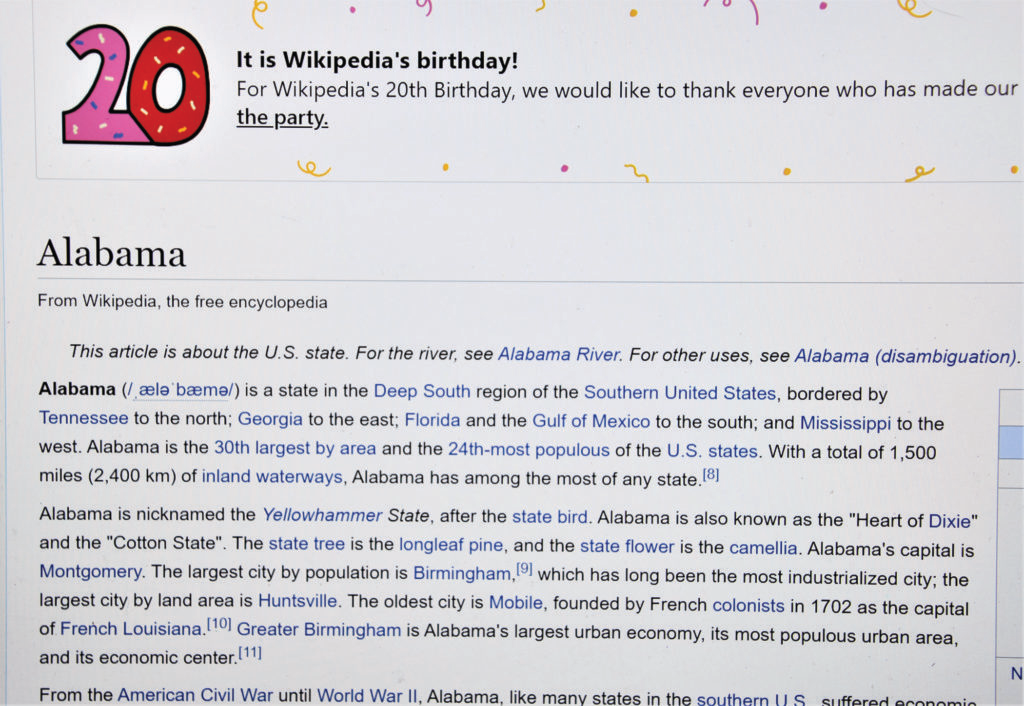It takes a special kind of person to see a need and create something to fulfill that need.
Every object and concept had its beginning. Who came up with the idea and carried it through to completion?
There are many inventive Alabama residents. Think about Saturn V and all the men and women who developed it at NASA’s Marshall Space Flight Center in Huntsville. The Saturn V was a rocket built to send people to the moon. It was the most powerful rocket that had ever flown successfully.
Auto Safety

Mary Anderson was no rocket scientist, but she invented something every driver depends on when they get behind the wheel. Born in 1866 in Greene County, this unassuming inventor is responsible for the windshield wiper.
While on a 1903 trip to New York, Anderson saw a need. While riding a streetcar on a snowy day, she watched the agitated driver stick his head out of the window and, at times, stop the vehicle to get out and clean the windshield in order to see where he was going.
When she returned to Alabama, she drew up a design for a window cleaning device to remove snow, ice, or sleet from a streetcar windshield. She was awarded a patent on Nov. 10, 1903.
Unfortunately, at the time, no one understood the value of her vision. When the patent expired in 1920, she had all but given up trying to market the device. By this time, automobiles were common, and the demand for the invention skyrocketed. But Anderson removed herself from the fray, allowing corporations and other business people access to her original conception.
She never made any money from her invention. Once the patent expired, the auto industry started using her basic design.
She was inducted into the National Inventors Hall of Fame in 2011.
Seventy years later, George F. Kirchoff, a laid-off rocket engineer, started thinking about using some of the same ideas he learned in his former profession to improve auto safety. Although airbags were not a new concept, early designs lacked a mechanism that could inflate the bag quickly. They also lacked a reliable detection mechanism to indicate when to deploy.
The Birmingham native came up with a system that would inflate an airbag in milliseconds — enough time to cushion someone during an accident — and received numerous patents for the airbag system components.
Because of his success, automakers began to offer airbags in vehicles by the mid-1970s. Today they are standard equipment on new cars and trucks.
The physicist and the chemist

Robert Jemison Van de Graaff of Tuscaloosa invented the Van de Graaff Generator in 1930. Better known as the device that makes your hair stand on end, the generators are actually used primarily as DC power supplies for linear atomic particle accelerators used for nuclear physics experiments. They are essentially two generators in series and can produce about 15 million volts.
Once an Alabama Power Company engineer, the physicist and inventor found widespread use for the generator, not only in atomic research but also in medicine and industry.
Many medical breakthroughs can be traced back to Alabama including those of Percy Julian. Born in Montgomery in 1899, the grandson of a former slave, Julian is responsible for synthesized physostigmine for the treatment of glaucoma and synthesized cortisone for the treatment of rheumatoid arthritis.
Julian fought through Jim Crow restrictions to graduate from DePauw University in Indiana as valedictorian, earn a master’s degree from Harvard University, and achieve a doctorate in chemistry from the University of Vienna.
He also invented a special foam that extinguishes gasoline and oil fires.
He received dozens of honors over the course of his career, and after his death, for his scientific work. He was inducted into the National Inventors Hall of Fame in 1990.
Vinyl and Wikipedia

Waldo Lonsbury Semon was working for the B.F. Goodrich Company as a researcher when he invented plasticized polyvinyl chloride, known as vinyl. It is the second most-produced plastic in the world. Today, hundreds of products are made from vinyl, including records, floor tiles, and surface coatings.
The Demopolis native was one of the nation’s most prolific chemists, creating more than 5,000 synthetic rubber compounds over his long career. He was inducted into the National Inventors Hall of Fame at age 97.
This year marks the 20th anniversary of Wikipedia. As a child in Huntsville, Jimmy Wales’ mother bought him a World Book Encyclopedia set and he never forgot the wonder of all that knowledge in one place.
After graduating from Auburn University and the University of Alabama, he and Larry Sanger co-founded Nupedia as a peer-reviewed online encyclopedia. From that sprang the nonprofit Wikipedia, which allows the public to access and edit all of the information.
Today Wikipedia exists in 300 languages with 55 million articles. Each month, it attracts more than 15 billion views from visitors the world over. The site is still being maintained voluntarily, with more than 250,000 contributors.
Alabama has a lot to be proud of. There are many inventors in this state — past, present, and future. As they say: “Necessity is the mother of invention.”




